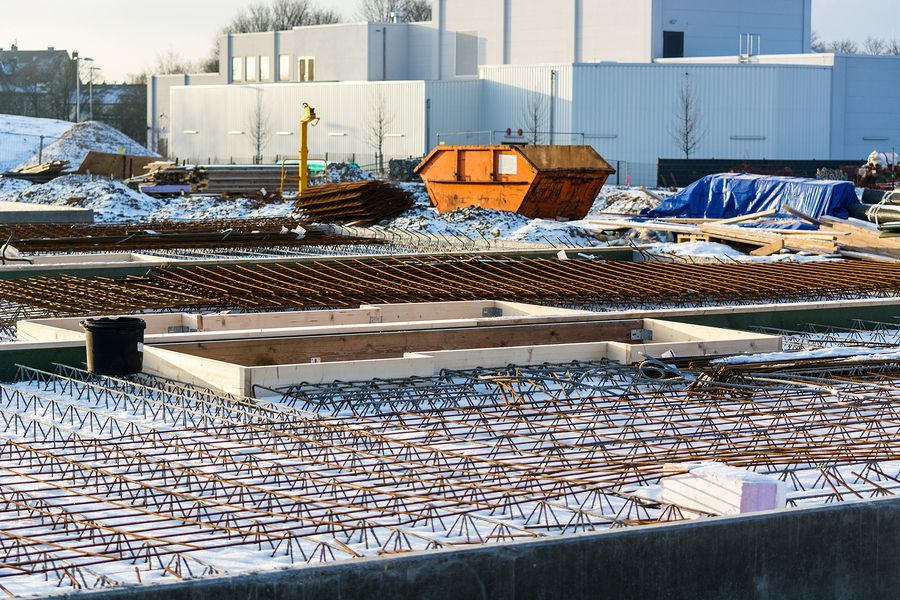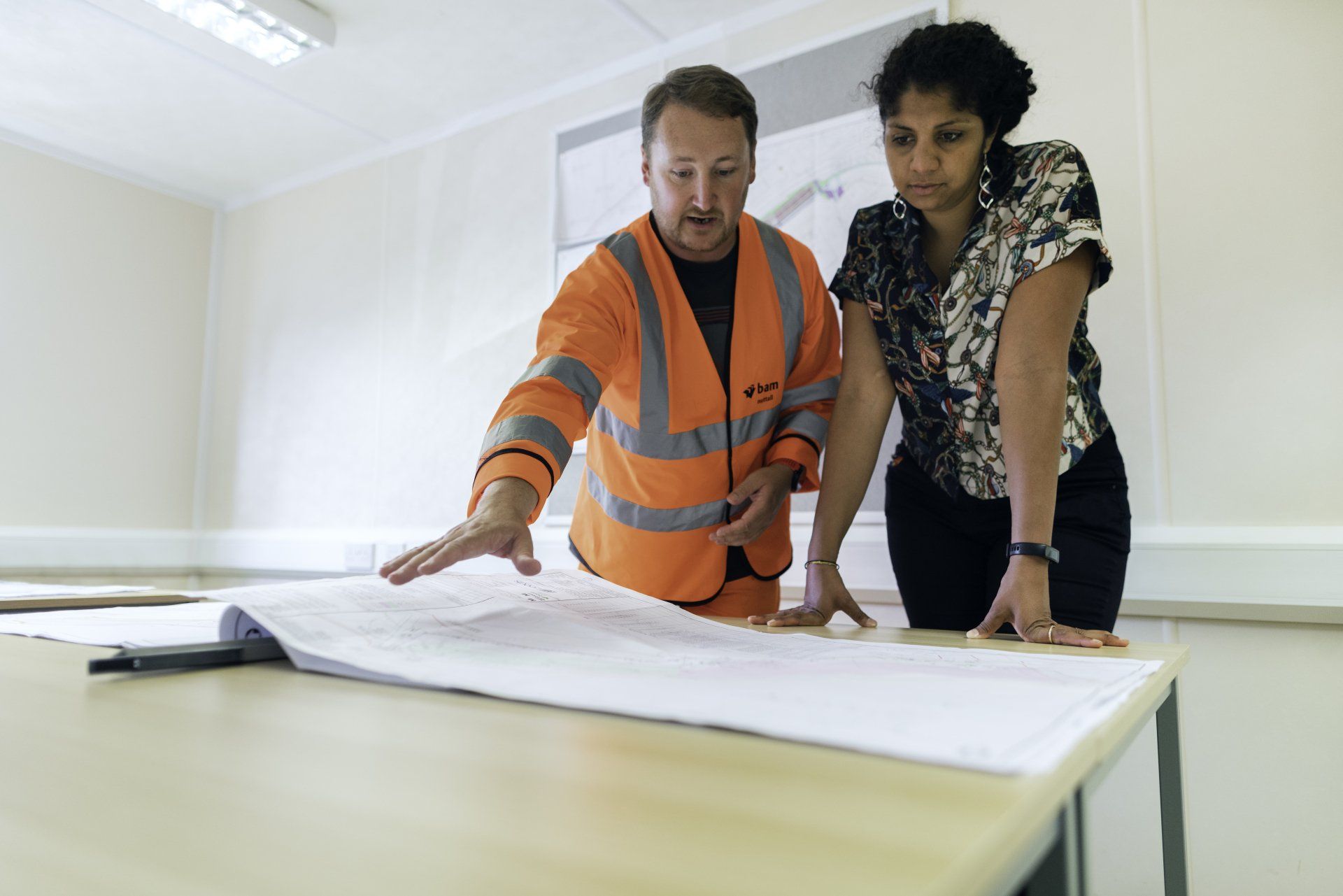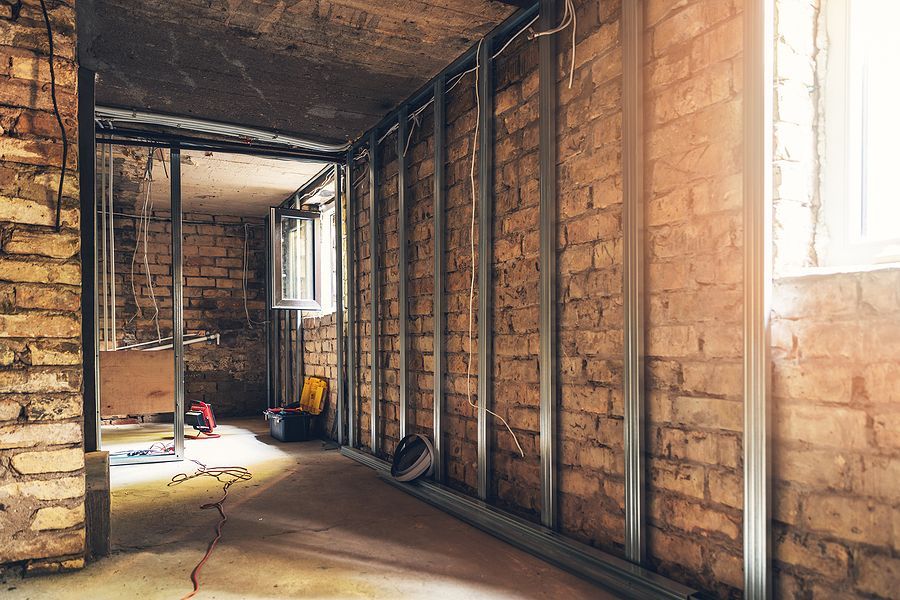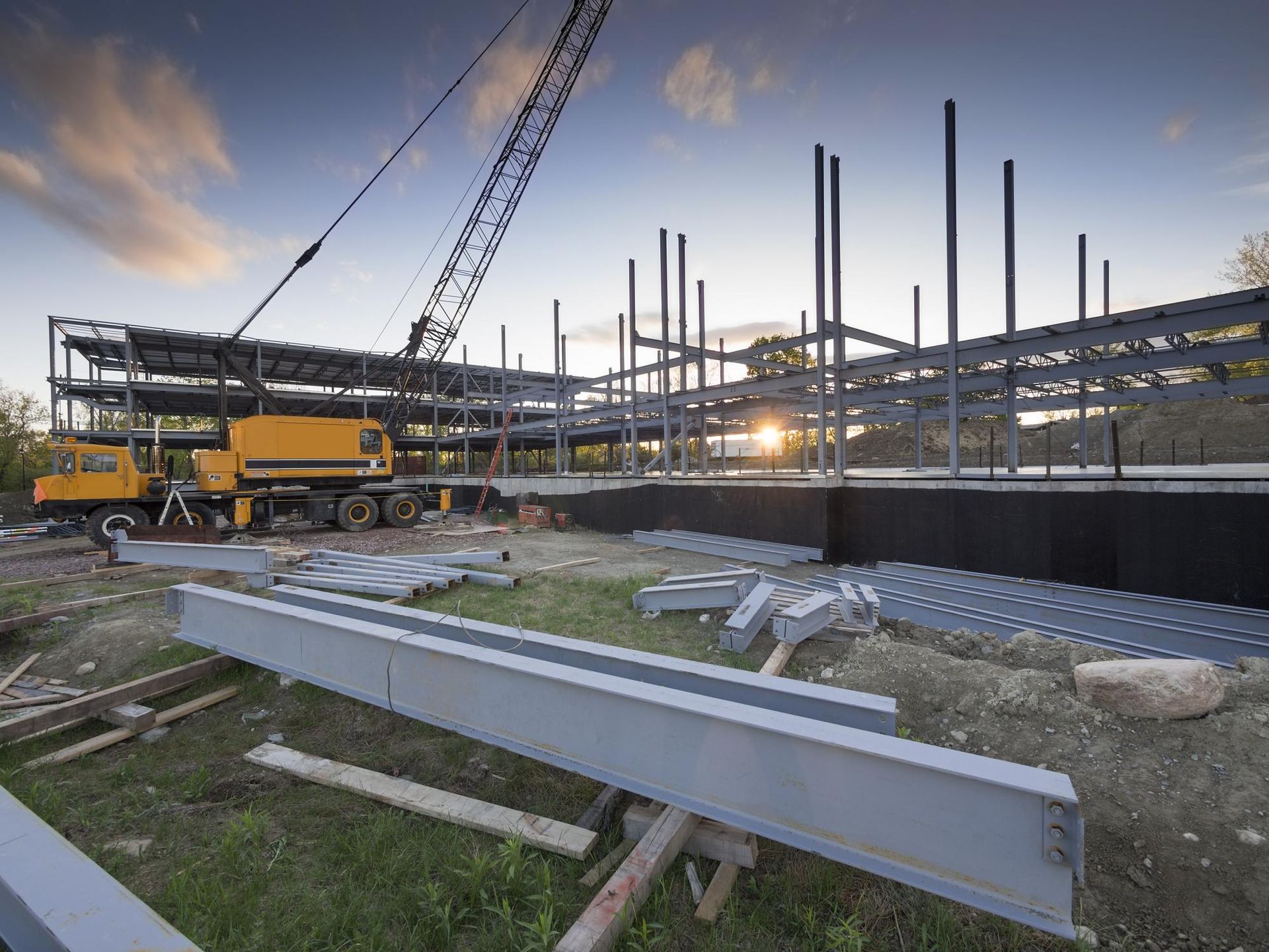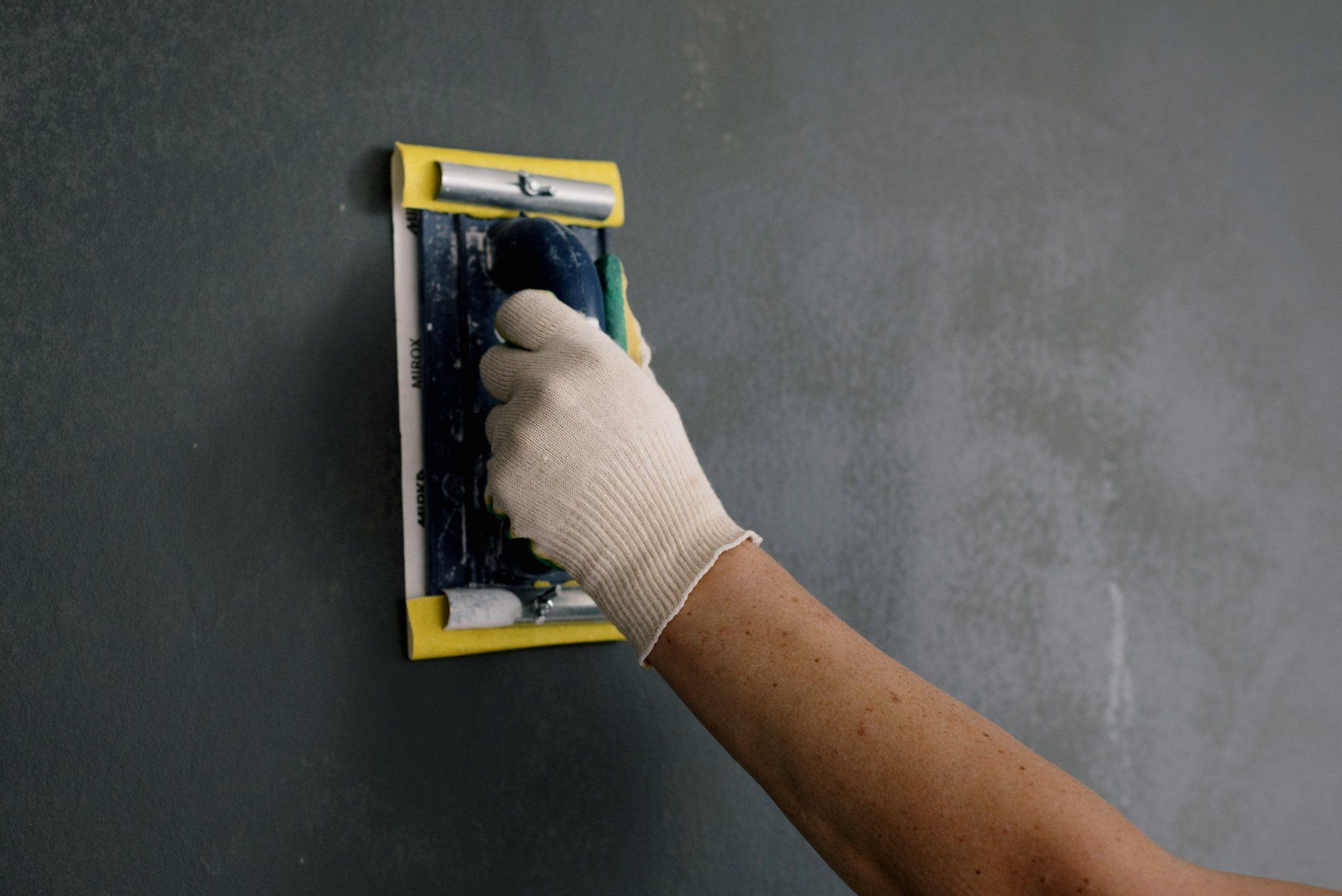Pier & Beam Restoration: Enhance Your Foundation with Expert Strategies
Unlock the Secrets to Robust Pier and Beam Foundations: Expert Strategies for Long-lasting Stability
Pier and beam foundations, a traditional form of foundation beneath homes and structures, especially in areas with expansive clay soils or potential for floods, require meticulous attention to remain strong and stable over time. This guide delves into the critical aspects of pier and beam repair, offering techniques, tips, and best practices to ensure your foundation remains robust, ensuring the longevity and safety of your structure.

Understanding Pier and Beam Foundations
Pier and beam foundations consist of concrete piers or wooden posts set deep into the ground to support the weight of the building through beams resting atop these piers. This type of foundation allows for a crawl space between the ground and the bottom of the home, providing easy access for plumbing and electrical services. However, due to their structure, pier and beam foundations are susceptible to certain issues that require regular maintenance and occasional repairs.
Common Issues with Pier and Beam Foundations
- Wood Rot and Pest Infestation: The wooden components can suffer from rot due to moisture or become home to termites and other pests.
- Shifting Soil: Expansive soils can shift, causing piers to move and the structure to become unlevel.
- Water Damage: Poor drainage can lead to water pooling around the foundation, exacerbating issues like rot and soil movement.
Diagnosing Foundation Problems
Before undertaking any repairs, it's crucial to accurately diagnose the problem. Signs of foundation issues include unlevel floors, cracks in walls or floors, doors that won't close properly, and visible damage to beams or piers. A thorough inspection of the crawl space is necessary to identify the root causes, such as water damage, soil issues, or pest infestation.
Techniques for Pier and Beam Repair
- Leveling and Stabilizing: If the foundation has shifted or sunk, it may be necessary to level the structure. This involves adjusting the height of piers or adding new ones to restore the building to its original level.
- Replacing Damaged Wood: Any rotted or pest-infested beams and joists must be replaced with treated wood to prevent future issues.
- Improving Drainage: To prevent water damage, ensure proper drainage around the foundation. This may include installing French drains, gutters, and surface grading to direct water away from the structure.
- Soil Stabilization: In areas with expansive soils, techniques such as deep watering during dry periods or soil stabilization products can help mitigate shifting.
- Ventilation Improvement: Adequate ventilation in the crawl space prevents moisture buildup, reducing the risk of wood rot and mold. Ensure vents are clear and possibly add fans to improve air circulation.
Best Practices for Maintenance and Prevention
- Regular Inspections: Conduct bi-annual inspections of the foundation and crawl space to catch and address issues early.
- Pest Control: Implement routine pest control measures to protect wooden components from termites and other pests.
- Moisture Control: Use vapor barriers in the crawl space and maintain good drainage around the foundation to manage moisture levels.
- Proper Landscaping: Ensure that landscaping does not direct water towards the foundation and that trees with large root systems are planted far enough away to prevent root intrusion.
When to Seek Professional Help
While some maintenance tasks can be handled by a diligent homeowner, significant repairs or structural adjustments should be entrusted to professionals. Experts in pier and beam repair can provide comprehensive assessments, utilize specialized equipment, and ensure repairs meet local building codes and standards.
Conclusion
Pier and beam repair is essential for maintaining the integrity and longevity of structures built on this type of foundation. By understanding common issues, employing effective repair techniques, and adhering to best practices for maintenance and prevention, homeowners can ensure their foundation remains strong and stable. Remember, the key to a durable foundation lies in early detection, prompt action, and, when necessary,
professional intervention.

